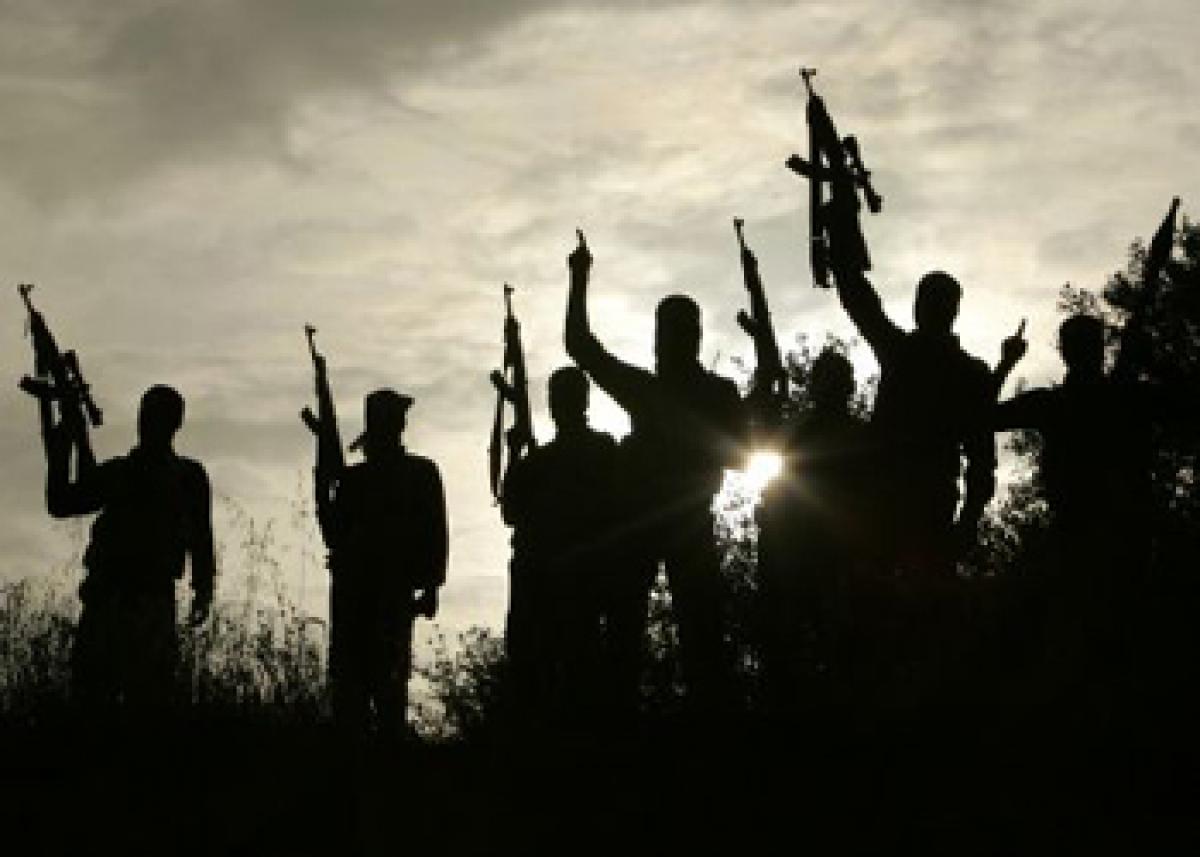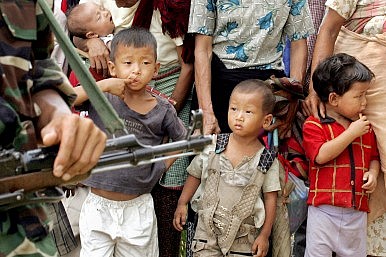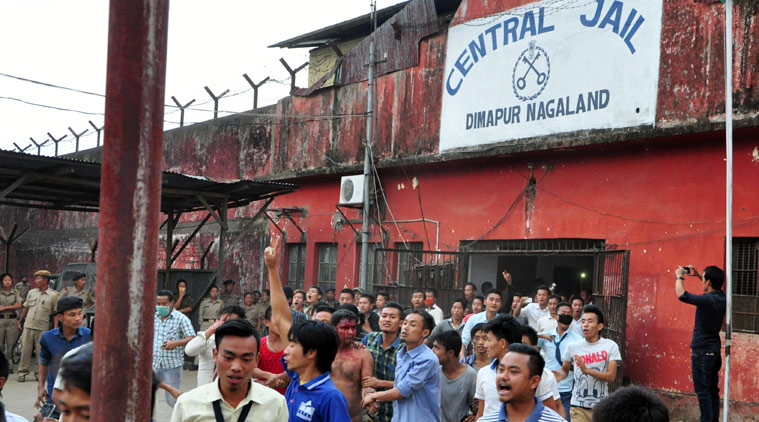 By Nirendra Dev
By Nirendra Dev
Mizo civil societies and youth organisations, especially those attached to non-Congress opposition political parties, will be in the national capital soon. They have a host of issues to protest against and also meet Central ministers and others.
The issue of Bru (Reang) voters has been hanging fire for a long time. Mizo society, by and large, and the political class, irrespective of party affiliations, are unhappy over the political developments in Manipur where the alleged “majoritarian”’ approach of Meiteis has created fear of suppression of ethnic Mizos, Kukis and other smaller hill tribes. Mizoram chief minister Lal Thanhawla rose above party affiliation and flayed Manipur’s Congress government led by Okram Ibobi Singh for passing three controversial Bills. These would be brought to the notice of the Central leadership.
They have another issue as well. It is about the purported move by the state government to hand over Lengpui Airport, the country’s only state-owned one, to the Indian Air Force. The opposition Mizo National Front and others have threatened an agitation if their “prestigious” airport is handed over to the IAF.
(It is said that for the construction of the airport the locals themselves cleared the dense forest and when completed it was inaugurated by a local person.)
The youth wings of the Mizo National Front, the Zoram Nationalist Party and the Mizoram People’s Conference issued a joint press statement in Aizawl stating that “if the IAF operates warplanes from Lengpui Airport, the capital Aizawl would be targeted by the enemies in times of war”. Something highly exaggerated but that’s how the tribals look at things.
The general impression about Mizos is that they are a laborious lot. The entire history of Mizo insurgency and subsequent developments after attaining statehood suggests Mizos are also pragmatic and will not unnecessarily give an emotive twist to an issue. But the IAF has a unique historical association with Mizoram and Mizos cannot forget that episode so easily — that is, the bombing of Aizawl in March 1966. It still haunts Mizos.
Even the Army or military leadership have appreciated that the insurgency problem in the North- east — barring Mizoram in the 1960s — is being tackled politically by the government(s) after they realised there can be no military solution. And even for the Aizawl bombing, the decision came from higher-ups and was not decided unilaterally by the IAF. But the wounds and the pain remain.
Now for the state to run an airport is a costly affair. It is altogether a different issue that the chief minister’s arch rival, Zoramthanga, has listed “gross mismanagement” as the main reason for the financial mess.
The airport has been with the state government for the past 45 years. In fact, Lengpui is the only airport in the country that is state-owned and is still neither with the Airport Authority of India nor the Indian Air Force.
“The Mizoram government in likely to hand over the airport to the IAF,” Mizoram chief secretary Lalmalsawma said, adding that the Air Officer Commanding-in-Chief, Eastern Air Command, on 24 June came up with a proposal to the state government. Principal Consultant of the Union civil aviation ministry, Wing Commander (Retd) Lalzawma said if the IAF took over the airport, security and maintenance of the runway would be in the hands of the Air Force while the terminal building would be maintained by the state government. He also said the IAF would construct a new hangar while the existing one would be under the state government. Besides the financial crunch faced by a cash-starved state government, IAF sources revealed that the proposal had been given keeping in mind the strategic location of Mizoram.
The Union home ministry under Rajnath Singh in one of its routine review meetings took cognisance of the fact that the North-east militant groups were using Myanmar as bases and what prompted the IAF move was the trategic location of the state, sandwiched between Bangladesh and Myanmar and sharing a 722- km international border.
Now the government plans to convert Lengpui airport into a military one with a civil apron like Bagdogra in North Bengal. According to security specialists, the government could use the airport at Lengpui to install powerful a air defence radar system to keep an eye on “developments” in the jungles of Myanmar. The cross-border exchange of gunfire between security forces and Naga militant group led by SS Khaplang in June 2015 was a pointer, they say.
But the politics over the move is likely to escalate. The opposition parties have warned that they would not take it lying down if the Lal Thanhawla government did not think it over. Lal Thanhawla has his reasons for going to town with the rhetoric that he had bowed out of office as chief minister in order to facilitate tformer rebel leader Laldenga to take over charge.
However, the real credit for the same should go to the pragmatism of Mizos.




 NSCN (Khaplang), which is opposed to the deal and operates out of Myanmar, is likely to be encouraged by China
NSCN (Khaplang), which is opposed to the deal and operates out of Myanmar, is likely to be encouraged by China 













